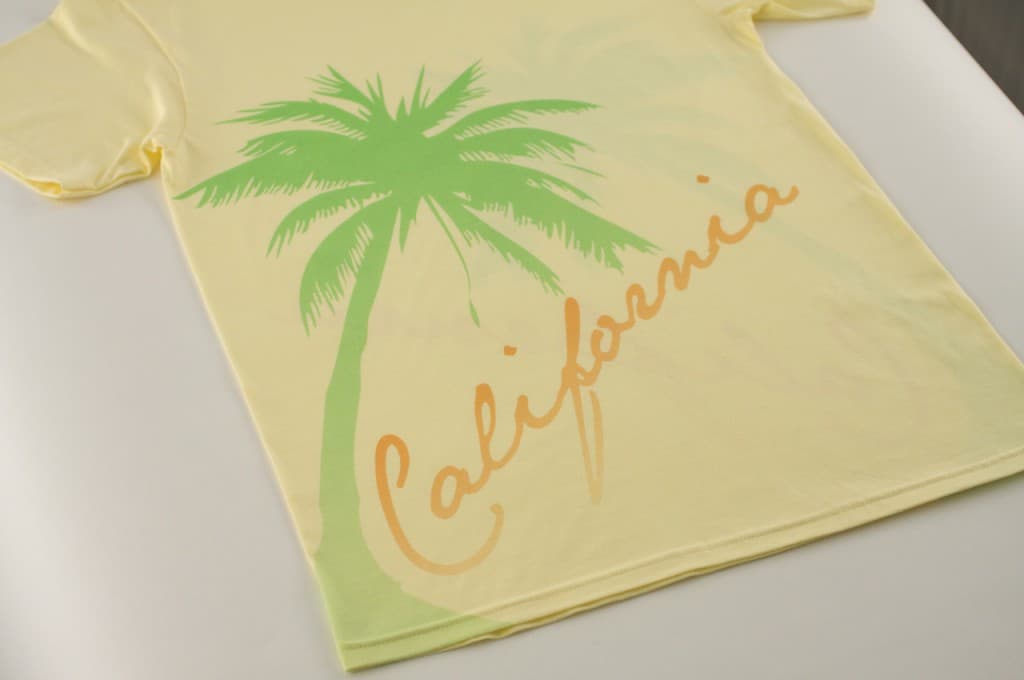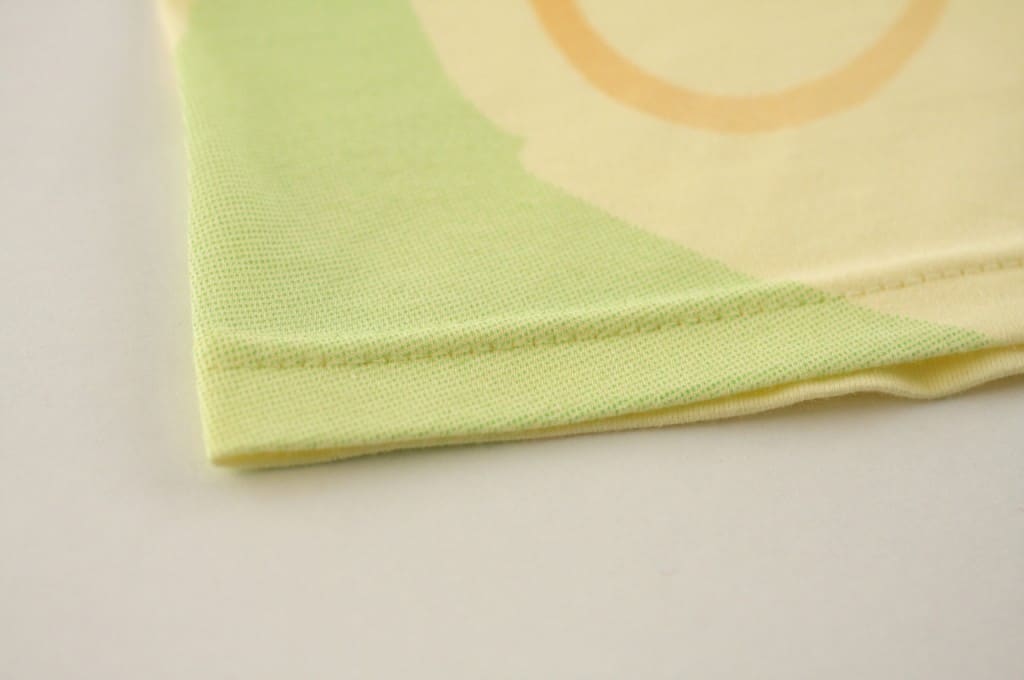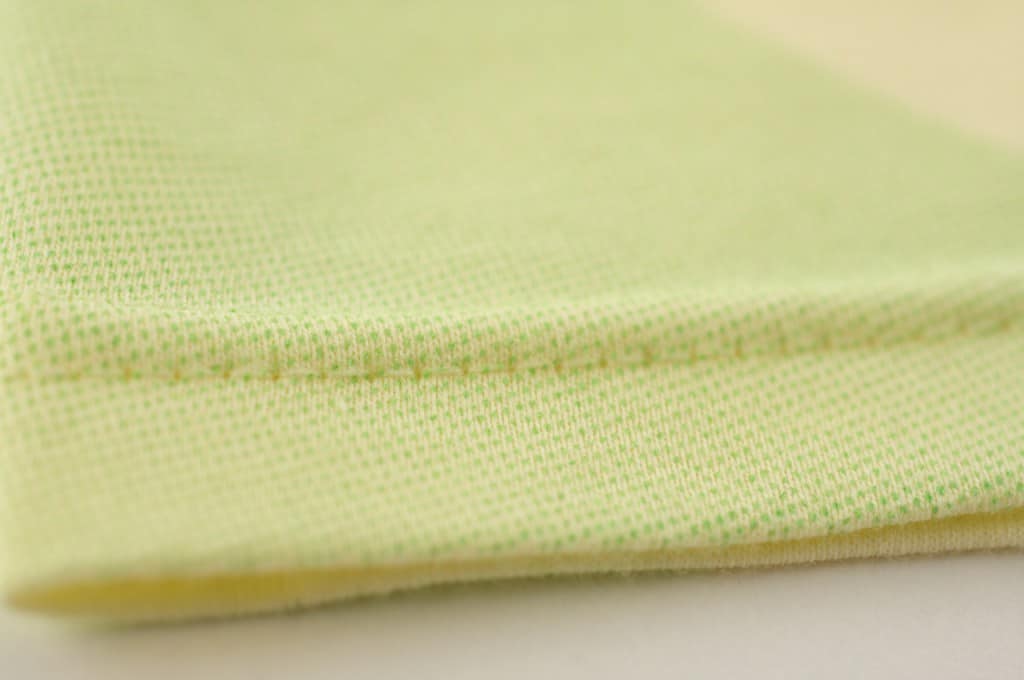We get a lot of questions, from both customers and printers, about printing over seams, off hems, over zippers (zippers to be covered in a future post). “can you do it?”, “how do you do it?”, “how do you maintain an even ink deposit?”. Based on these questions and personally witnessing some really bad work out there I think this is a topic worth covering.
First off, you must deal with the reality that the end result, no matter how proficient the operation, is largely dictated by the combination of design and garment. In a perfect world artists and printers would always collaborate in the development process and design a finished piece with consideration to production realities. But the world is not perfect and coordinating artists and printers (and potentially one or multiple parties in the middle) is not always possible. Sure, a soft 30/1’s garment, minimal ink coverage, minimal contrast between ink and garment colors, are ideal circumstances under which you should experience stellar results (assuming your mesh selection and ink formulations are appropriate). But a typical 18/1’s fabric with thick seams, solid ink coverage, contrasting garment and ink colors, a non-dischargeable substrate, will not yield comparable results. But that does not mean that you cannot acheive very good results relative to the circumstances.
That said, here are a some tips for getting best results under both ideal or less than ideal circumstances:
- Use low or lower viscosity inks (discharge, waterbase, soft plastisol, or reduced plastisol)
- Use higher mesh counts (180 or above)
- Use firm, triple-durometer squeegees (suggest 75/95/75), with minimal angle (5-10 degrees), and adequate pressure (this part should not be difficult for your press operators).
- Do not be afraid to make suggestions for design revisions which will help ease production and improve the final product, no matter how far along you are in the project. If your customer or the artist or whomever will not budge and will not listen to your reasonable and rational input based on empiricism and your desire to create the best possible finished product, and instead would like to set you up to fail and then tell you to pay for the “mistake”, you may need to give ’em the boot.
BTW, foam covered pallets can work wonders, but we’ll save that for another post…




